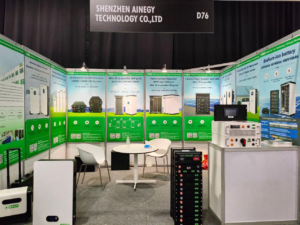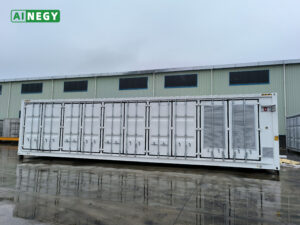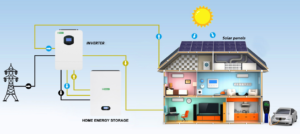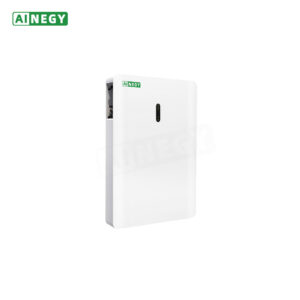An inverter is an electronic device that converts direct current (DC) power into alternating current (AC) power. It allows you to use DC power sources, such as batteries or solar panels, to power AC devices like household appliances or electronic equipment. Here’s a basic overview of how an inverter works:
- Dc to ac inverter conversion Process: The inverter takes the DC input from the power source and converts it into AC output. The DC input is typically in the form of a steady voltage, often in the range of 12V, 24V, or 48V, depending on the application.
- Oscillator and Switching: The inverter starts by using an oscillator, usually a high-frequency oscillator, to generate a high-frequency AC signal. This signal is typically a square wave or a modified sine wave.
- Pulse Width Modulation (PWM): The high-frequency AC signal is then fed into a set of electronic switches, often metal-oxide-semiconductor field-effect transistors (MOSFETs) or insulated-gate bipolar transistors (IGBTs). These switches rapidly turn on and off based on a technique called Pulse Width Modulation (PWM).
- PWM Control: Through PWM control, the inverter adjusts the width of the pulses in the high-frequency AC signal. By changing the pulse width, the inverter can control the amplitude and frequency of the output AC signal.
- Filtering and Output: The resulting high-frequency AC signal is then passed through a filter, which smoothens out the waveform and removes any high-frequency components. The filter ensures that the output waveform resembles a sinusoidal waveform, providing a cleaner AC output.
- Voltage Regulation: Inverters often include voltage regulation mechanisms to adjust the output voltage to match the requirements of the connected AC devices. This regulation ensures that the output voltage remains stable within a specified range, even with variations in the input DC voltage or changes in the load.
- Safety Features: Inverters typically incorporate safety features such as overload protection, short-circuit protection, and over-temperature protection. These features help safeguard the inverter and connected devices from damage or potential hazards.
- Output Power: The inverter’s power output is limited by the capacity of the DC power source, such as the battery bank or solar panels. The power rating of the inverter should be chosen based on the power requirements of the connected AC devices.
It’s important to note that there are different types of inverters available, such as square wave inverters, modified sine wave inverters, and pure sine wave inverters. Pure sine wave inverters produce a clean and smooth AC waveform similar to grid power, while square wave and modified sine wave inverters generate a stepped or modified waveform. The type of inverter needed depends on the specific requirements of the devices being powered and their compatibility with different waveforms.
Overall, inverters play a crucial role in enabling the utilization of DC power sources for running AC devices, making them essential components in various applications, including solar power systems, off-grid installations, and mobile power solutions.







